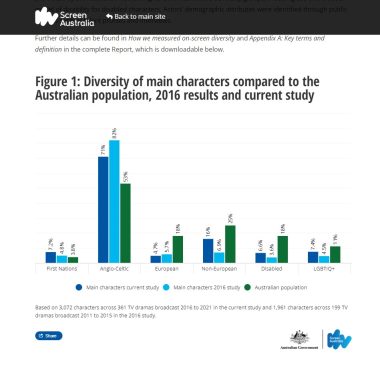If you can’t put one of these three symbols on your indicator, it’s not measurable: # % $.
Measurable indicators must be expressed as a number, a percentage or a monetary figure, eg # of diverse people in your leadership team, % diverse programming, or $ average pay gap for people of colour. That way, they can be directly compared to population figures, or previous results to determine change.
How do I do it?
Measurable data can be gathered from surveys (conducted in interviews, online or on paper), or by reviewing existing information (such as budget allocations). Gather quantitative results in surveys by asking respondents to rank statements, or ask questions on the Likert scale, ie whether respondents ‘strongly agree’, ‘agree’, ‘neither agree nor disagree’, ‘disagree’ or ‘strongly disagree’ with a statement.
You can also use qualitative data to generate measurable indicators – by coding it. Qualitative responses provide less proscriptive and more granular and nuanced analyses, as well as feedback and recommendations. But keep in mind you’ll need the budget and resources to analyse and code qualitative data if you want to use it as an indicator of impact.



